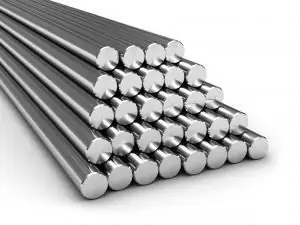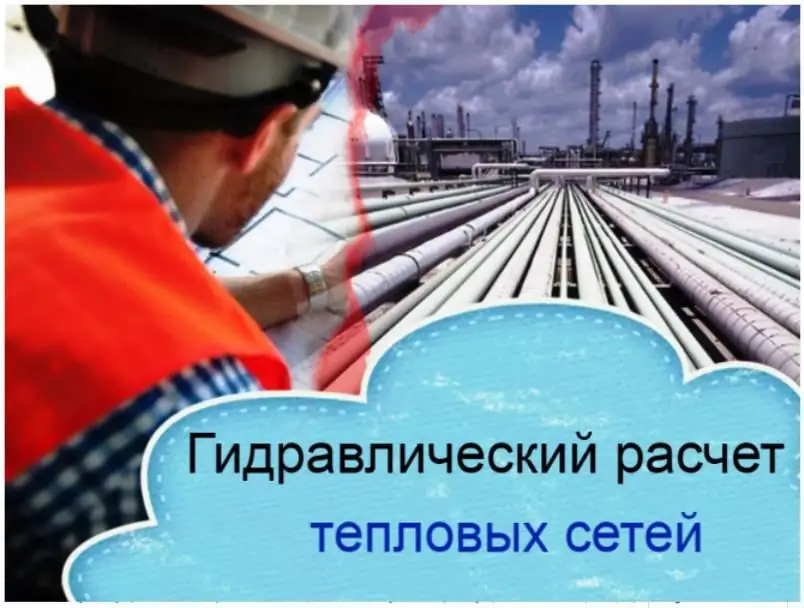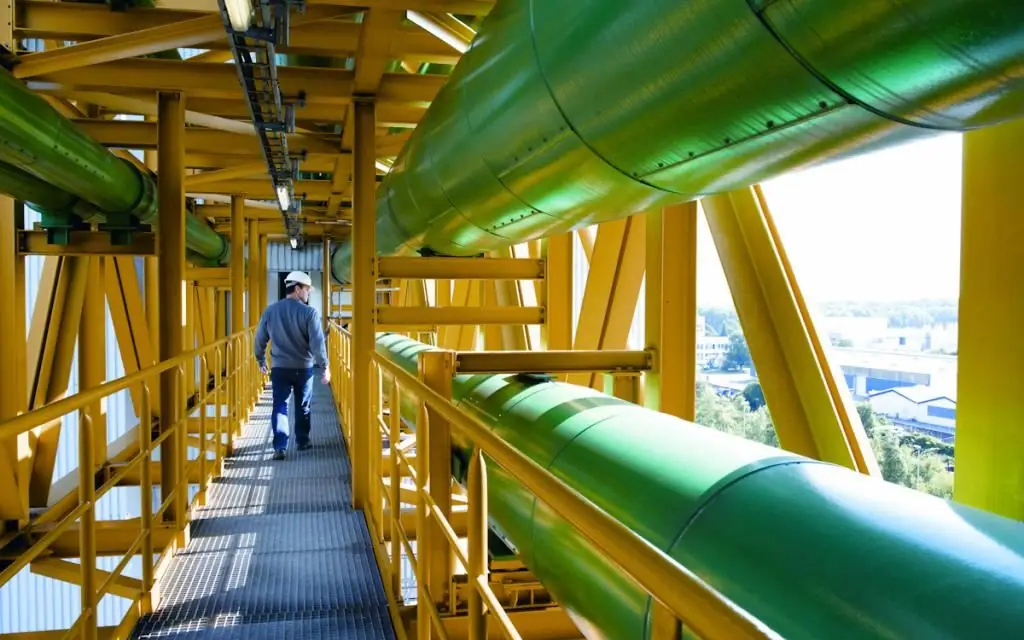2025 Author: Howard Calhoun | [email protected]. Last modified: 2025-01-24 13:10:28
Not all homeowners are aware of how the cost of services for the provision of thermal energy is formed. To many, it seems unreasonably high. The tariff for thermal energy is also increasing annually, although the quality of this service remains at the same level. Does its price affect the number of eliminated accidents in heating systems? Are technological improvements to citywide systems, pipe replacements having an impact?
In the article we will consider in detail how the tariff for thermal energy is formed in the Russian Federation, who sets and regulates it. Let's analyze the functions of the corresponding counters.
Approval and regulation
Heat energy tariffs are approved by the REC (Regional Energy Commission). In her work, she is based on the model regulation on the executive power body of a Russian subject in the field of state regulation of tariffs, which was approved in accordance with Government Decree No. 136 (2004).
In the Russian Federation, it is the REC that sets tariffs forthermal energy. The one that was developed and transferred to heating networks. The commission also relies on various title documents that are currently relevant.
Key Factors
As a rule, the cost of heat energy for the population is set depending on two factors:
- Indications of devices that take into account the amount of heat energy consumed.
- Accounting for the actual ambient temperature characteristic of a certain area.

Specific figures
Let's take a look at the examples operating in the Moscow region as a tariff. Here, 1 Gcal of thermal energy, on average, is estimated at 1,534 rubles. Both in the Moscow region and throughout Russia, there is a noticeable trend towards increasing tariffs for thermal energy. This is not an exceptional occurrence. Together with them, tariffs for electricity, water supply, gas supply, etc. are growing.
In the Moscow region for a long time remained constant tariffs for heating residential premises. On average, this is 175 rubles per cubic meter. It is important to note that the price of the service also depends on the company providing it. For example, owners of premises with MIPC heat meters pay slightly more than homeowners with meters from Mosenergo.
Why does the cost of the service differ?
Tariffs for heat energy are heterogeneous across Russia. Moreover, they can differ even within the same region. There are cases when people living on the same street pay completely different amounts for heating. With whatis it related?
The entire heat-conducting system of the settlement is divided into several sections. They can be owned by one or several companies. Each of these organizations is en titled to introduce its own tariffs. This is what causes the difference in payment for the same service.
Depending on what heat supply companies set tariffs for the population? The cost of the service is influenced by the condition of the heating network, the wear of its pipeline. If the pipes in a particular section are old, which results in a high level of heat loss, the service provider can submit a request to the REC to increase tariffs for homeowners in certain houses. Here both he and the state will not remain in the red. The population will pay the expenses.

Heat energy meters
This kind of device helps you calculate the cost of monthly heating payments yourself, based on the readings taken from your meter. The owner of the heat energy meter pays only for the service received by him without additional additions to utilities. Some devices allow you to control the heating of the room both automatically (depending on the temperature outside) and manually.
According to the field of application, such devices are divided into industrial (household) and individual (apartment). According to the principle of operation, mechanical and ultrasonic devices can be distinguished.
Energy consumption here is determined by vortex, electromagnetic, turbine measurement. Apartment devices are usuallyconsist of a heat meter and a hot water meter (it acts as a heat carrier). As for ultrasonic devices, in this case, an emitter and a device that receive ultrasonic signals are installed on the pipe.
The installation of such meters in an apartment is impossible without obtaining the appropriate permission from the management company. It is possible to obtain it if all the technical conditions set by the Criminal Code are met. You should also choose a company that has a certificate for such activities.
During operation, the homeowner must take care of periodically checking his meter by specialists from Rostest, the service department of the device manufacturer.

How to calculate yourself?
Heat meters allow homeowners to independently calculate how much they need to pay for heat energy this month. You only need to find out the amount of heat consumed on your device and multiply it by the indicator provided by the REC. That is, the price of one cubic meter Gcal of thermal energy.
Further prospects
Is it possible to reduce tariffs for thermal energy? Analysts say this will only be possible if intermediary companies stop buying it from resource-supplying state-owned enterprises.
In this case, the cost of heat and hot water supply will decrease again. Here, the price of 1 Gcal of thermal energy will be set for each region, based on its economic situation and taking into account climatic conditions.terrain features.
In this state of affairs, residents of the same subject of the Russian Federation will pay the same payment for heat energy at uniform tariffs established for the region, republic, settlement, etc.

Tariff types for organizations
Heat energy tariffs come in several varieties. Consider them.
First - for thermal energy (that is, steam). They are installed by resource-supplying institutions that directly produce heat from their own heat sources. Similar tariffs for thermal energy for the population and enterprises are graded according to the types of its generation:
- Produced by boiler houses for heat supply.
- Generated by power plants. Here production is carried out in a combined mode. That is, both electrical and thermal energy are generated simultaneously.
The second kind of tariffs is for the transmission of thermal energy. Such tariffs are set by organizations that own (for example, by right of ownership) certain sections of heating networks.
Varieties of tariffs for consumers
As for end consumers, for them the calculation of the cost of heat supply depends only on the tariffs for heat energy approved by the REC. Their formation depends on waste, heat supply institutions. It also takes into account payments to third parties and other intermediaries under contracts for the transmission of this kind of energy through heating networks. That is, under contracts for its transportation.
In addition, the Russian Federation also approves tariffs for the heat carrier (it is chemically purified water) and heated components for hot water.

Calculation
Calculation of tariffs for thermal energy is a rather complicated, laborious and time-consuming process. It requires the formation, collection, provision of many documents. They are sent by resource companies to the REC.
The documentation itself has strict requirements. It must be numbered, collected in brochures, certified by visas of responsible persons. This is especially true for analytical data.
All documents to be sent for tariff calculations to the REC can be divided into the following categories:
- General.
- Specification.
- Economic documentation.
Let's consider the contents of each category in detail.
General documentation
In order to form full and preferential tariffs for thermal energy for the population and organizations, the REC needs to analyze a whole range of documentation from resource supply companies.
The general category of such documents includes the following:
- Title documentation for land plots, equipment, structures, buildings that are involved in heat supply processes.
- Copies of statistical accounting for the previous year, as of the last reporting date.
- Information on previously established tariffs for heat energy.
- Estimated information on productive leavethermal energy, including losses in networks and the consumption of thermal energy for own purposes and needs.
- Data on the connected load for heating, ventilation, hot water supply.
- Economically justified expenses for the production of heat, calculation of the gross profit of the enterprise. This type of information should be generated in accordance with the guidelines for calculating tariffs in the Russian Federation (approved by Order of the FTS No. 20-e/2 in 2004).
- The investment program of the company with a breakdown of the amounts and sources of financing of its activities.
- Application, certified by the signature of the head, on the consideration of documentation, approval of the heat tariff, indicating the method by which it was regulated.

Specifications
Also, for the calculation of REC tariffs, the provision of certain technical information from resource supply companies is required:
- Actual data on useful heat supply for previous preparatory and heating periods, corresponding plans for future periods.
- List of heat sources, heat points, indicating their addresses, regime maps, technical characteristics, heating schemes.
- Specification of the company's equipment.
- Technical and economic indicators with applications in the form of invoices and quality certificates for purchased raw materials, gas, electricity, water, fuel, etc.
- Data on specific fuel consumption standards. The facts of deviation from them are additionally substantiated in the attached explanatory notes.
- Registers of concluded contracts for heat supply concluded with its consumers.
- Copies of concluded contracts for the purchase of water, gas and electricity.
Economic documentation
Calculation and regulation of tariffs for thermal energy in the Russian Federation is the prerogative of the REC. To carry out calculations, the commission's specialists also require economic documents from resource-supplying enterprises:
- Copies of constituent documents.
- Data about the organization itself, its specifics, features of activities, main consumer groups.
- Copies of documentation confirming the holding of procurement tenders.
- Calculation of repair costs, schedules for such work, copies of contracts with contractors.
- Data on payroll, depreciation, tax, insurance and other expenses.

Thus, heat energy tariffs are formed and regulated by the REC on the basis of documents provided by resource supply companies. Citizens can only independently control their consumption of thermal energy with the help of special meters, deduct the cost of the service based on such tariffs and instrument readings.
Recommended:
Tariff "Game", "Rostelecom": reviews. New tariff plan for World of Tanks fans

Choosing a tariff plan for the Internet is not such an easy task. Now in Russia, Rostelecom has launched an offer called "Game". What it is? How happy is this rate? What do clients think of it?
Heat resistance and heat resistance are important characteristics of steels

Ordinary structural steels, when heated, abruptly change their mechanical and physical properties, begin to actively oxidize and form scale, which is completely unacceptable and creates a threat of failure of the entire assembly, and possibly a serious accident. To work at elevated temperatures, materials engineers, with the help of metallurgists, created a number of special steels and alloys. This article gives a brief description of them
Heat-resistant alloys. Special steels and alloys. Production and use of heat-resistant alloys

Modern industry cannot be imagined without such material as steel. We encounter it at almost every turn. By introducing various chemical elements into its composition, it is possible to significantly improve the mechanical and operational properties
What is a tariff category, a tariff coefficient?

Each worker should receive a salary in the amount corresponding to his qualifications. The tariff system of payment provides that an employee of a certain category must perform work that, in terms of complexity, corresponds precisely to his category
Hydraulic calculation of heat networks: concept, definition, calculation method with examples, tasks and design

It can be said that the purpose of the hydraulic calculation of the heat network at the end point is the fair distribution of heat loads between the subscribers of thermal systems. A simple principle applies here: each radiator, if necessary, that is, a larger radiator, which is designed to provide a larger volume of space heating, should receive a larger flow of coolant. This principle can be ensured by the correct calculation

